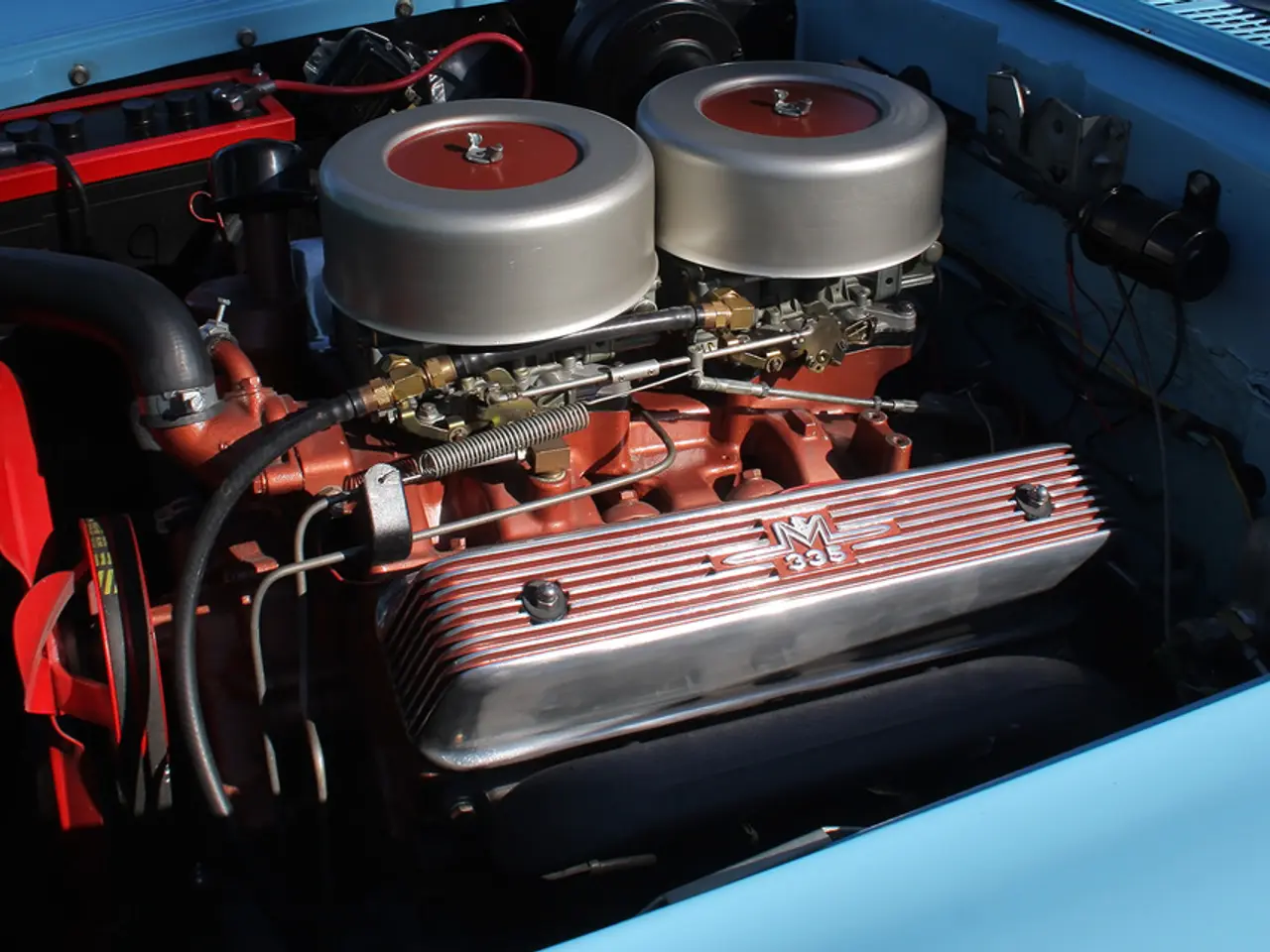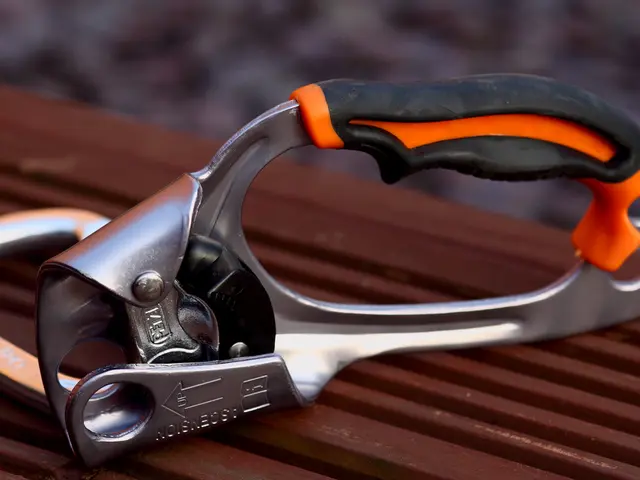Injection Molding: The Versatile Manufacturing Powerhouse
Injection molding, a versatile manufacturing process, is widely used across various industries, including healthcare, sports, and food packaging. This method balances speed, precision, and scalability, making it reliable and cost-effective for producing high-quality parts in massive volumes.
In the healthcare and medical devices sector, injection molding is employed to create syringes, implants, and wearables. Similarly, sporting goods and consumer products like picnic tableware, coolers, and golf clubs also benefit from this process. In Germany, companies such as KraussMaffei, Sumitomo (SHI) Demag, Krones, groku, and Engel are leveraging advanced injection molding technology for food packaging production. They manufacture items ranging from PET preforms to customized plastic buckets.
The injection molding process involves several stages: material selection, mold design, clamping, injection, dwelling, cooling, opening, removal, and inspection. While plastics are commonly used, metals and other materials can also be applied. This process offers consistency and efficiency once a mold has been made, delivering identical parts in massive volumes. Its versatility and scalability make it essential across industries. The food and beverage industry, for instance, relies on it for packaging and is exploring its use in mass-producing plant-based meat substitutes. Compared to subtractive methods like CNC machining, injection molding is less wasteful of material and more flexible in terms of design.
Injection molding's ability to balance speed, precision, and scalability ensures its continued importance across various sectors. As industries evolve, this manufacturing process remains a reliable and cost-effective solution for producing high-quality parts in massive volumes.
Read also:
- India's 2021 Financial Reforms: Reducing Bank Stake, Boosting Jobs, and Pragmatic Budget
- Orioles' 2025 Turnaround Powered by Late-Season Pitching Acquisitions
- The Cost of Speech is Zero, True Strength Lies in Unity
- SEP Cooperative and Lotte Chilsung Beverage to Create Thousands of Jobs in Cần Thơ, Vietnam with Bio-Diesel and Juice Plants








